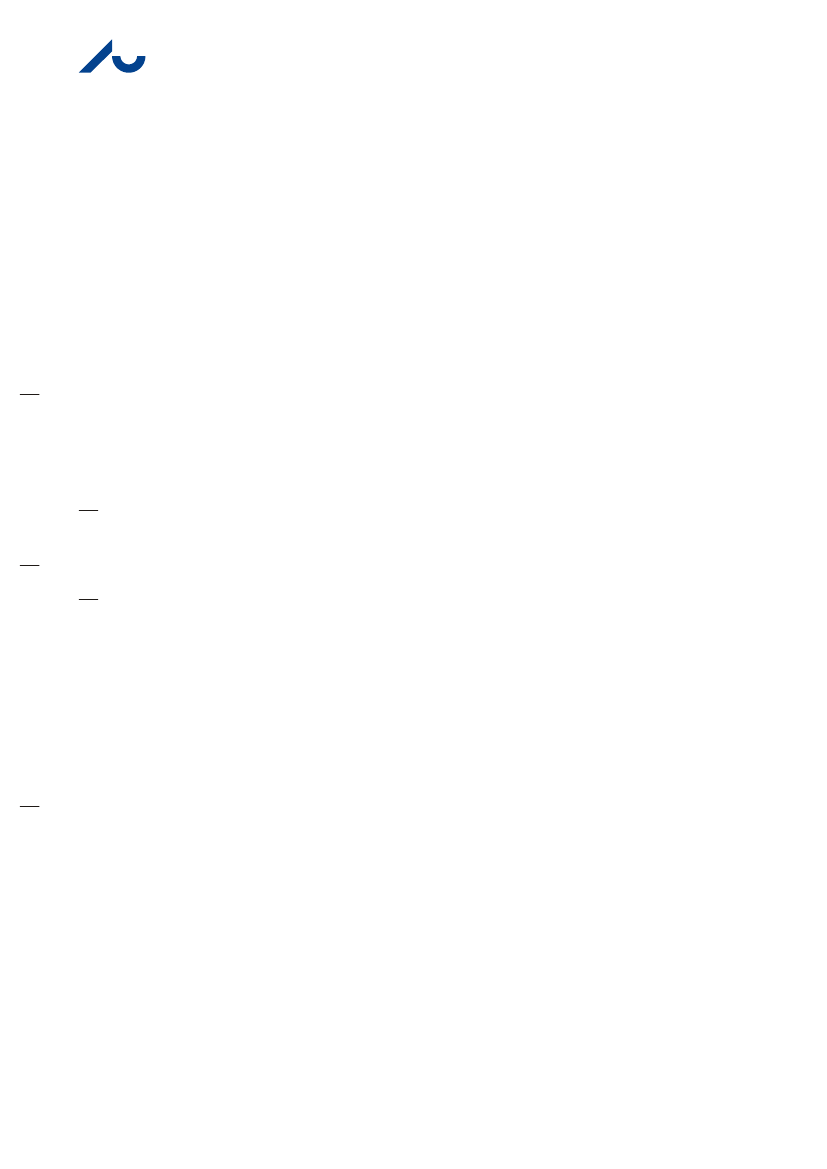
DCA - NATIONALT CENTER FOR FØDEVARER OG JORDBRUG
AARHUS UNIVERSITET
Fødevarestyrelsen
Vedrørende rapport om
”Group housing of mink”
Fødevarestyrelsen (FVST) har i mail af 5. juli 2013 bedt DCA
–
Nationalt Cen-
ter for Fødevarer og Jordbrug om at udarbejde en faglig rapport vedrørende
dyrevelfærdsmæssige forhold ved gruppeindhusning af mink.
Baggrunden herfor er, at Regeringen i efteråret 2012 indgik en aftale om vete-
rinærområdet (Veterinærforlig II). Af veterinærforligets aftaletekst fremgår
følgende:
”I forligsperioden vil fødevareministeren
udarbejde en analyse, i
dialog med relevante parter, hvor faglige, juridiske og økonomiske forhold i
relation til gruppeindhusning afdækkes. Analysen vil blive forelagt forligs-
partierne, med henblik på evt. indgåelse af en tillægsaftale”.
Til dette formål
har FVST nedsat en arbejdsgruppe, der består af repræsentanter fra Fødeva-
reministeriet og Finansministeriet. Det fremgår af arbejdsgruppens kommis-
sorium, at analysen bl.a. skal afdække effekten ved et forbud.
I bestillingen fra FVST anmodes DCA om at besvare at række spørgsmål i for-
bindelse med gruppeindhusning. Rapportens konklusioner vil indgå i ar-
bejdsgruppens endelige indstilling, der vil blive forelagt forligskredsen med
henblik på en evt. indgåelse af en tillægsaftale til forliget.
Den vedlagte rapport er udarbejdet af Steen Henrik Møller, Jens Malmkvist
og Steffen Werner Hansen, alle Institut for Husdyrvidenskab.
Susanne Elmholt
Koordinator for
myndighedsrådgivning
Dato: 19. november 2013
Direkte tlf.: 8 715 7685
E-mail:
Afs. CVR-nr.: 57607556
Side 1/1
Med venlig hilsen
Susanne Elmholt
Seniorforsker, koordinator for myndighedsrådgivning ved DCA
DCA - Nationalt Center for
Fødevarer og Jordbrug
Aarhus Universitet
Blichers Allé 20
Postboks 50
8830 Tjele
Tlf.: 8715 6000
Fax:
E-mail: [email protected]
http://agrsci.au.dk/